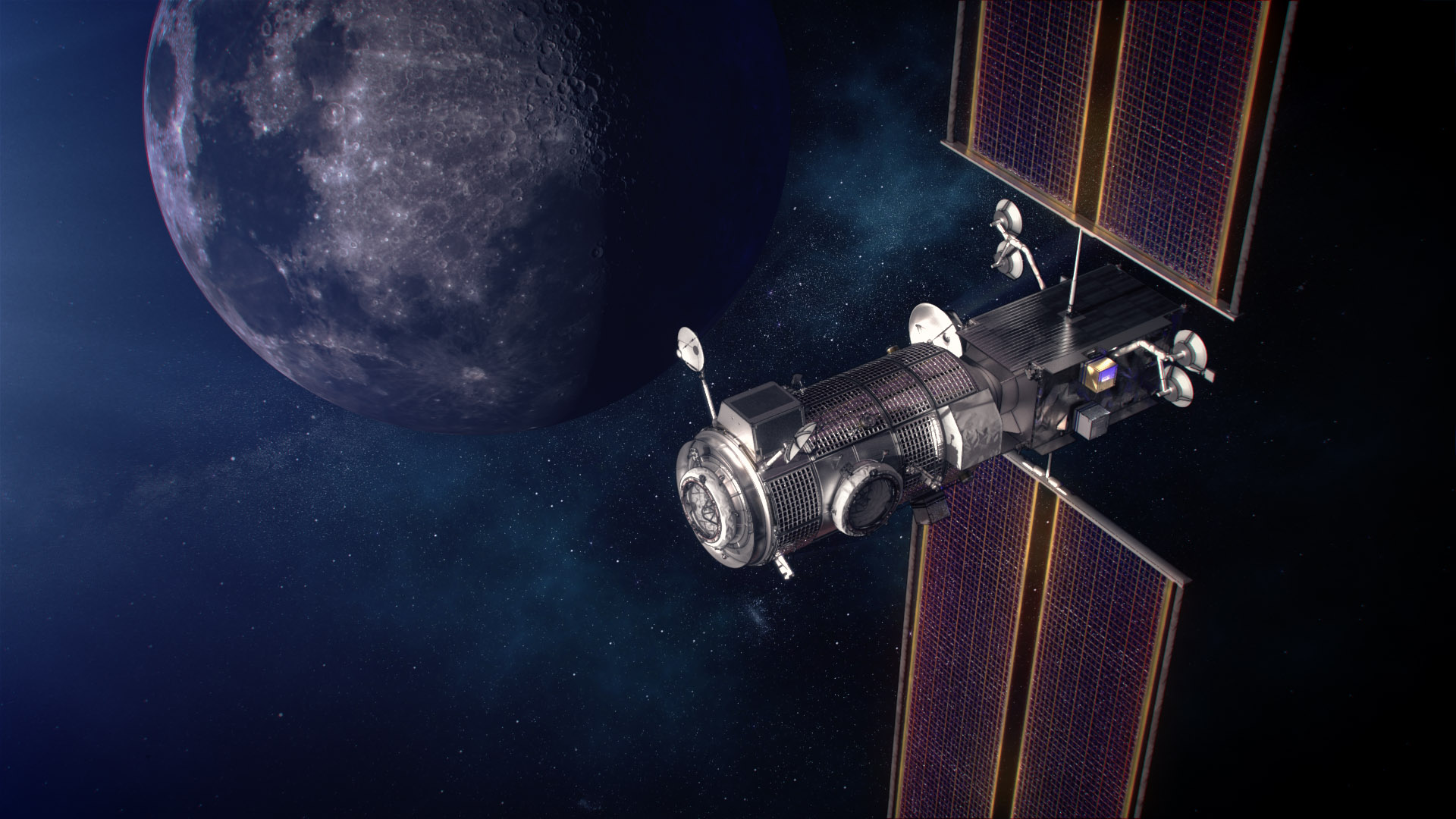NASA is geared up to officially launch its CAPSTONE mission on June 28, 2022. The mission will help pave the way for NASA’s Lunar Gateway, which is set to play a massive role in the future of space exploration. Here’s everything you need to know about when and how to watch NASA’s historic CAPSTONE launch.
How can I watch NASA’s CAPSTONE launch?
NASA originally slated the CAPSTONE mission to launch on June 27. However, the space agency pushed it back one day due to unforeseen circumstances. Now that it’s set to launch on Tuesday, you can tune into the official NASA live stream to watch CAPSTONE’s launch as it happens.
CAPSTONE, which stands for Cislunar Autonomous Positioning System Technology Operations and Navigation Experiment is no larger than a microwave oven. And, while NASA plans to launch it on June 28, its current launch window allows for the event to be pushed back until July 27 at the latest.
As long as CAPSTONE launches within that window, the CubeSat should reach its orbit on November 13.
If you’re a fan of space exploration, then you’re definitely going to want to watch CAPSTONE’s launch for yourself. That’s because this spacecraft is going to make history as the first spacecraft to fly in a specific, unique lunar orbit.
The CubeSat will orbit in what we call a near rectilinear halo orbit, or NRHO. This is the exact same orbit that NASA plans to use for Gateway, a multipurpose lunar outpost.
Paving the way for Gateway

NASA’s CAPSTONE launch is historical, and so is the mission that it predates. Gateway, which has been in the work for years, will act as an outpost for future NASA missions. This could include both the upcoming Artemis lunar missions, as well as NASA’s future manned mission to Mars in the 2030s.
The Lunar Gateway will technically act as a stop-over point for NASA’s Orion spacecraft. These are the spacecraft that NASA plans to utilize for the Artemis missions to the Moon. The engineers behind Orion didn’t design it to be able to land and then take off again from a planet.
As such, the Orion spacecraft could connect with Gateway, then the astronauts could take another craft to the lunar surface.
Six days after we all watch CAPSTONE’s launch, the spacecraft’s Photo upper stage will release the CubeSat into space. It will then take a four-month journey to the Moon. NASA plans to test the NRHO for at least six months to help reduce the risk to future spacecraft sent to the Moon. CAPSTONE will also act as a demonstration of spacecraft-to-spacecraft navigation technology.
Ultimately, CAPSTONE is a steppingstone towards putting human boots back on the lunar surface. Further, it’s a massive leap forward towards creating a gateway that could help us send humans into farther reaches of space, where no man has gone before.








